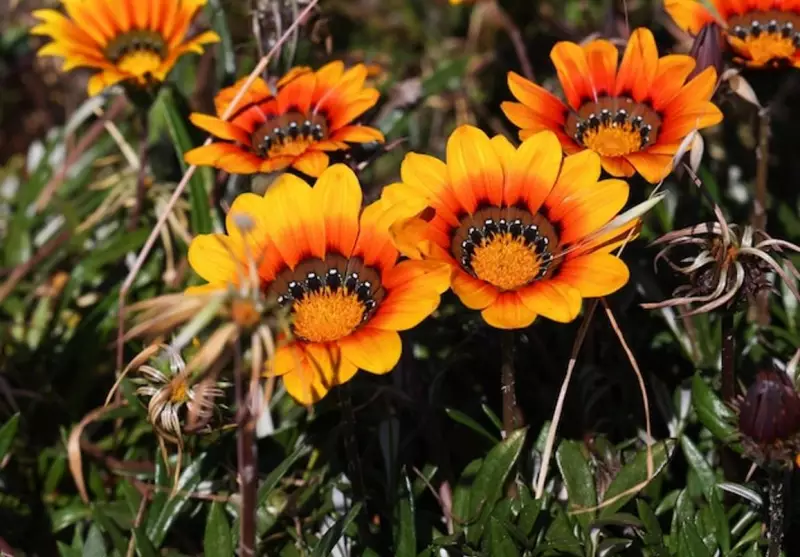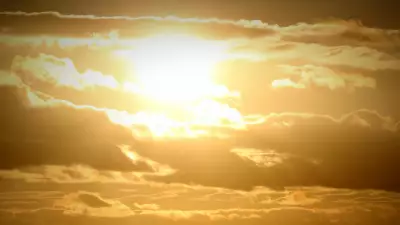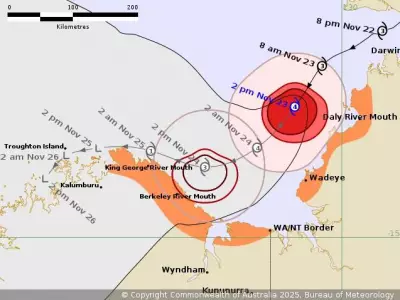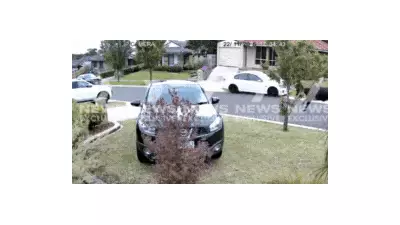
The Colourful Invader Destroying Australian Landscapes
Australian farmers and environmentalists are demanding urgent action against a deceptively beautiful threat invading our countryside. The gazania, a brightly coloured plant originally from South Africa, continues to be sold in hardware stores, online seed companies and nurseries despite its devastating impact on native ecosystems and agricultural land.
This drought-tolerant plant has become particularly problematic in Western Australia's central Wheatbelt, Goldfields, Pilbara and Mid West regions. However, the invasion extends much further, with gazanias taking over roadsides, native grasslands, coastlines and paddocks across South Australia, Victoria and numerous Wheatbelt areas.
Economic and Environmental Fallout
The consequences of this botanical invasion are both severe and costly. Gazania infestations are rendering productive farmland unviable, creating significant economic losses for agricultural communities. The scale of the problem becomes clear when considering that weeds in the agricultural sector collectively cost Australia approximately $5 billion annually.
What makes gazania particularly troublesome is its efficient reproduction and spread mechanisms. Each flower head can produce up to 60 seeds that are light enough to travel kilometres by wind. Remarkably, these seeds can also float in water for distances up to 30 kilometres, enabling them to colonise new areas rapidly.
The plant spreads through multiple channels including garden waste, cuttings and seed dispersal, making containment increasingly difficult. Despite being recognised as an environmental weed in Victoria, Queensland, Tasmania and New South Wales, and facing sales bans in South Australia, gazanias remain available in nurseries across Western Australia, ACT and Northern Territory.
Learning From Past Gardening Mistakes
Gazania represents another chapter in Australia's long history of problematic garden escapees. Many plants initially introduced for their ornamental appeal have subsequently become environmental nightmares. The list includes familiar garden favourites like arum lilies, lavender, agapanthus, olives, Patterson's curse, watsonia and freesia.
The tragedy of the arum lily spreading throughout the South West serves as a constant reminder that gardeners need to exercise caution when selecting plants. Many bulbs have transformed into major weeds, underscoring the importance of choosing species that don't threaten our natural environment.
Sabrina Hahn recommends several resources to help gardeners make informed decisions. The website growmeinstead.com.au provides state-specific information about invasive weeds and suggests alternative plants. Additionally, the comprehensive guide Western Weeds – A Guide To The Weeds Of Western Australia offers detailed descriptions and photographs to aid identification.
Most local councils and environmental groups also maintain lists of invasive plants specific to their regions and recommend better-suited alternatives. Consulting these resources before purchasing any plants, particularly bulbs, can prevent future environmental problems.
This Week's Gardening Tasks
While dealing with invasive species, don't forget regular garden maintenance. This week, focus on three key tasks:
- Liquid feed tuberous begonias with Charlie Carp, a fish-based fertiliser that promotes flowering
- Deadhead fuchsia plants to prevent stem breakage and encourage continuous flowering
- Check all irrigation systems to ensure water reaches required areas, cleaning sprinkler nozzles monthly to prevent blockages
For specific gardening questions, readers can submit queries to Sabrina Hahn through Ask Sabrina, GPO Box D162, Perth, 6001 or via email at home@wanews.com.au, including full name and suburb details.





